Why do you need to upgrade to a professional flute?
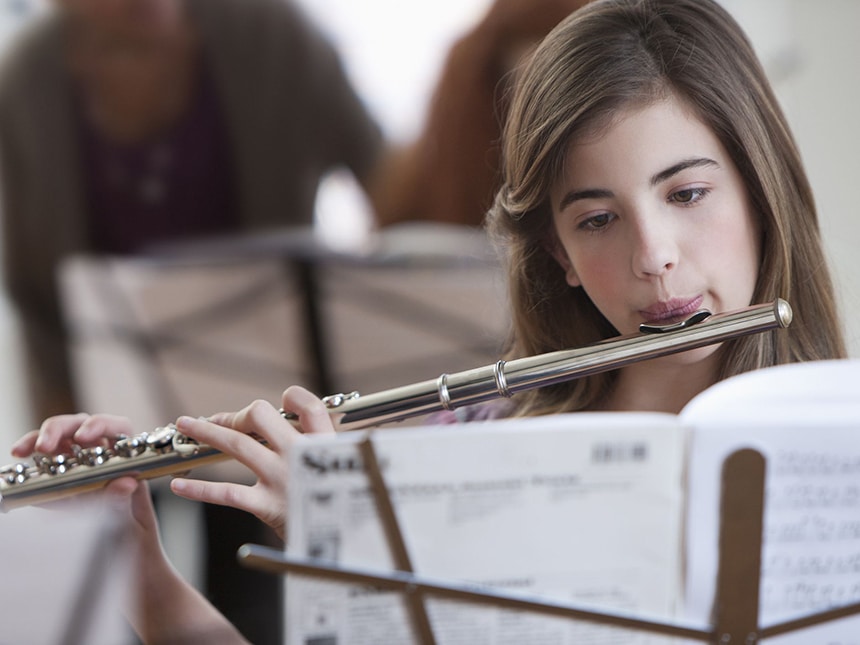
If you’re a professional musician or hoping to be one, chances are you spend a lot more time practicing and performing than a hobbyist or student. Professional flutes are made of higher-quality materials that last a long time and can tolerate much use.
The springs, key arms, pads, and keys are all made of better materials, too. That means they’re more precise and function quickly and smoothly. This is really important when you’re playing complicated music and need an instrument that can keep up and sound amazing across all registers.
Price tag
The prices on these flutes vary a lot. They’re all more expensive than a beginner flute or an intermediate flute, but how much you’ll pay really depends on what you’re looking for. Expect a high-quality professional flute to cost anywhere from $2,000 to $3,000.
Features to consider while buying the best professional flute
If you’re considering upgrading to a professional flute, knowing what to look for when you shop is important. There are several important things to keep in mind when deciding which is the right flute for you.
Metal
The metal that a flute is made of affects the sound and tone, but, more importantly, it affects the price tag. Professional concert flutes are usually made of sterling silver or a lower-quality metal with sterling silver plating. Piccolos are an exception, as they’re made of wood or specialized laminates.
If you’re considering a professional flute, it really doesn’t make sense to skimp on material. It’s one of the most important factors in sound quality and durability. There are a lot of great options available, too, at various price points.
Headjoints

The headjoint is the top portion of the flute. It contains the embouchure and attaches to the body of the flute. If you can’t afford a flute with a sterling silver body or footjoint, invest in one with a high-quality headjoint. The right headjoint can drastically improve the responsiveness and quality of sound. Handcrafted ones are better than those mass produced in a factory.
Choose open holes
If you’re considering a professional concert flute, make sure you get one with open keys. Beginner and intermediate flutes often have closed keys, which are easier to learn but don’t provide the same level of control of quality of sound.
That said, we included some unique products on our list that you should know about, too. The Armstrong 703 Heritage is an alto flute with a much lower range than a concert flute. Alto flutes are considerably larger and have closed holes because the player can’t cover open holes of this size.
Piccolos are another exception but for the opposite reason. A piccolo is so small that it would be impossible to effectively cover an open key without interfering with one on either side of it.
Footjoint
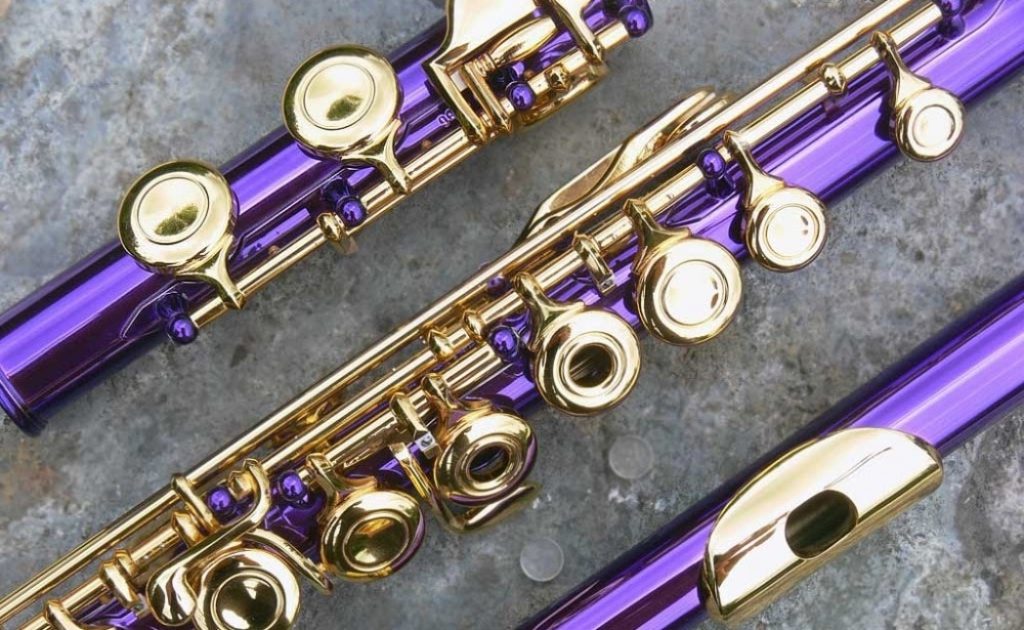
The foot joint is the end portion of the flute that attaches to the far end of the body. Footjoint keys are all located on the right-hand side, and the player uses the pinky finger to engage them. Professional flutes often have extra keys on the footjoint to extend the bottom range to low B. Another possibility is a gizmo key providing extra support to accurately hit a high C.
Lip plate
As the name implies, the lip plate is the part of the flute that’s held to the lip. The material of the lip plate can drastically change the instrument’s tone. Sterling silver is ideal, though some professionals use lip plates made of rose gold or yellow gold, which gives the flute a truly unique sound.
Flute family
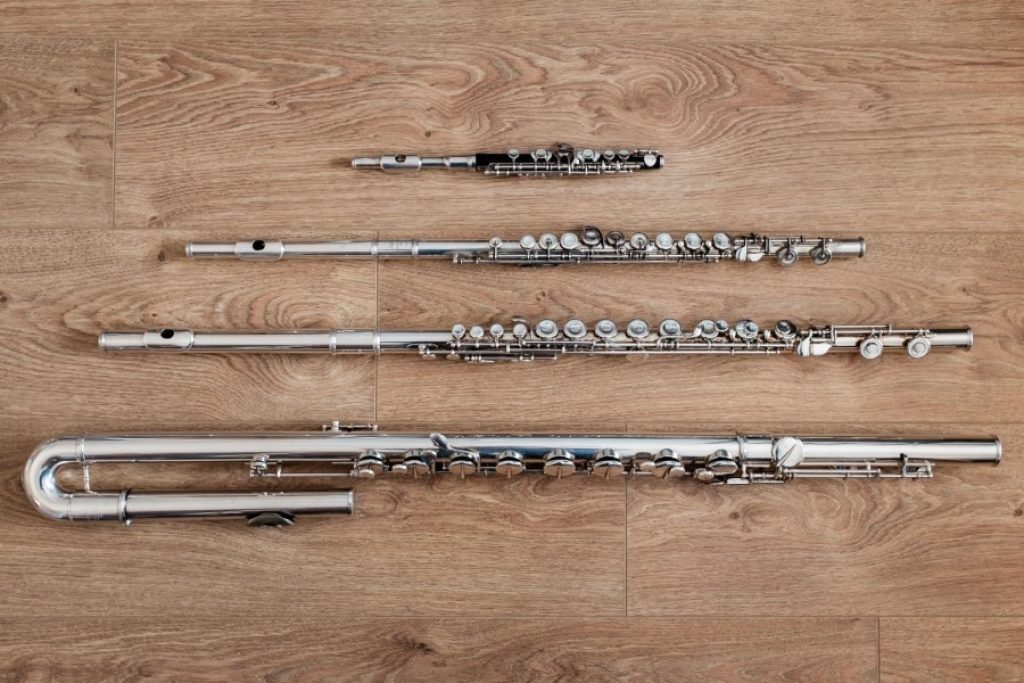
The main instrument in the flute family is the concert flute. All flute players start by learning how to master the concert flute and may choose to add another type of flute as their secondary instrument. This is something unique to the flute family. For example, saxophonists might start with a tenor, alto, or soprano sax but a professional flutist always starts by learning and mastering the concert flute.
Alto flutes have a lower, more mellow tone than higher pitched flutes. Concert flutes are always in the key of C while altos are in the key of G. The finger placement is the same on an alto flute as a concert flute but on a slightly larger scale. Alto flutes are slightly more difficult to play. Because of their size, they require more breath support, which may be difficult for a new musician.
Bass flutes are rare and usually only seen in flute ensembles. They’re larger than alto flutes and require even more air. Bass flutes are only played by highly-skilled professionals as it takes a lot of talent to achieve good intonation and pitch.
One the other end of the spectrum is the piccolo, the smallest member of the flute family. It’s pitches a full octave higher than a concert flute. Many people assume a piccolo is just a tiny flute, but they’re two different instruments. The piccolo requires a powerful airstream to hit those high notes, and most beginners aren’t conditioned enough to give it the lung support it needs. It’s also tricky to play because the keys are very close together, which can be challenging for a beginner.
G-keys
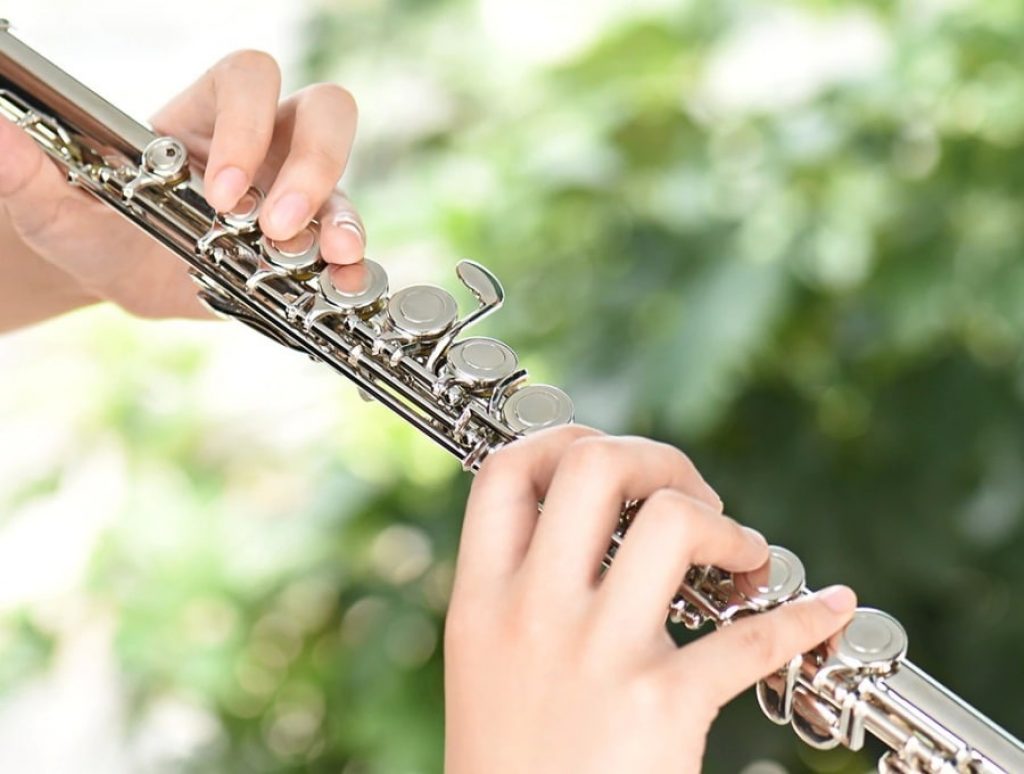
The G key is one of the biggest options when choosing a flute. An offset-G is a little easier for smaller hands because finger placement is more natural. Most professional flutes have an inline-G though some experienced players prefer an offset one. The bottom line? This is all about personal preference. If you have experience with one or the other and are comfortable with it, it might be best to stick with what you know.
Sound
When you play professionally, it’s important to always sound good. Your flute should respond when you articulate and easily switch between octaves without losing quality. Tone should be consistent across all registers and tuning should be consistent.
Warranty
Warranties are always important, especially when you’re making a big investment that will affect you professionally. All of our picks are covered, though the warranty length varies from one model to the next. Our budget pick, the Gemeinhardt 33OSB, is covered for five years while the Yamaha 677H is covered for one, yet is proven to serve long years without any need for repair.







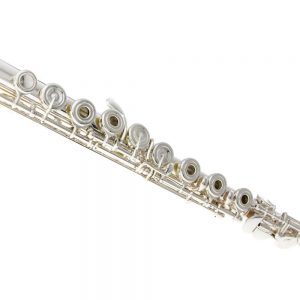
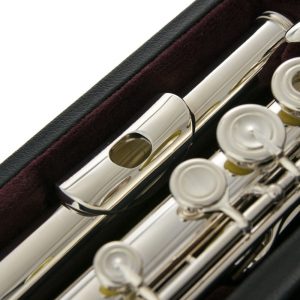
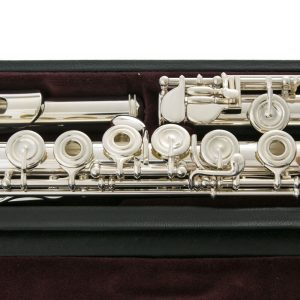
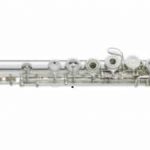
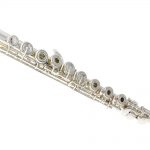

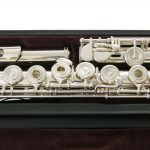
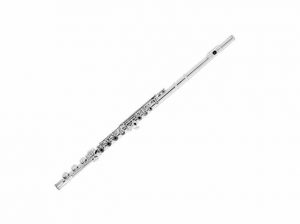
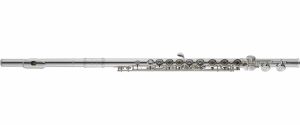
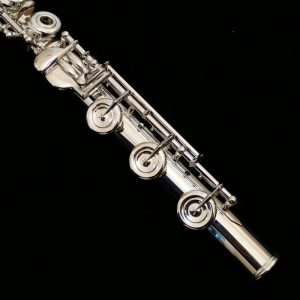
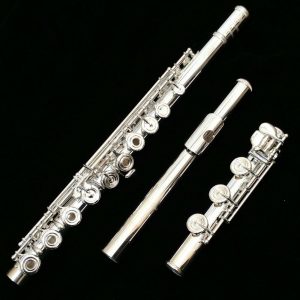
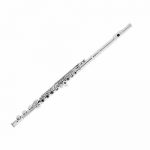
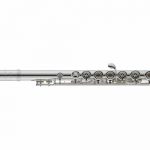
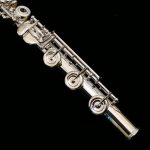
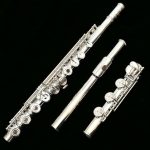

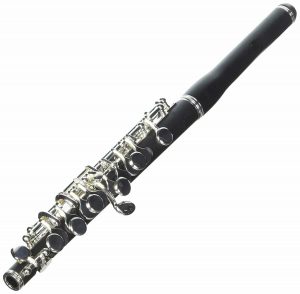
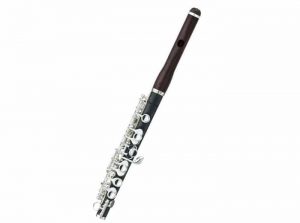
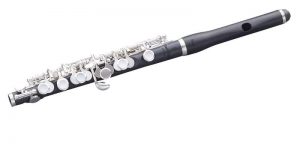
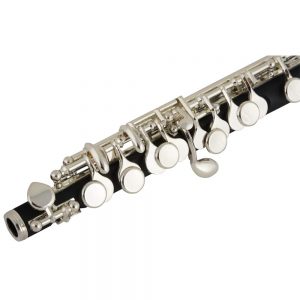
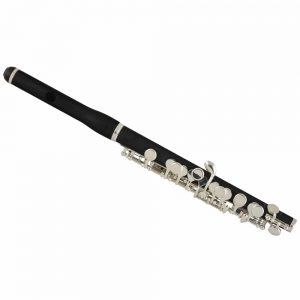
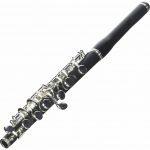
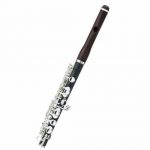
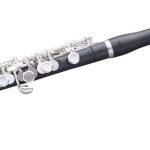
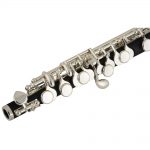
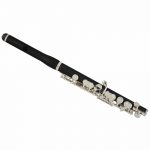
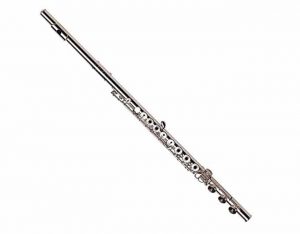
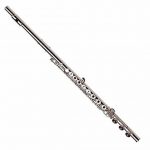










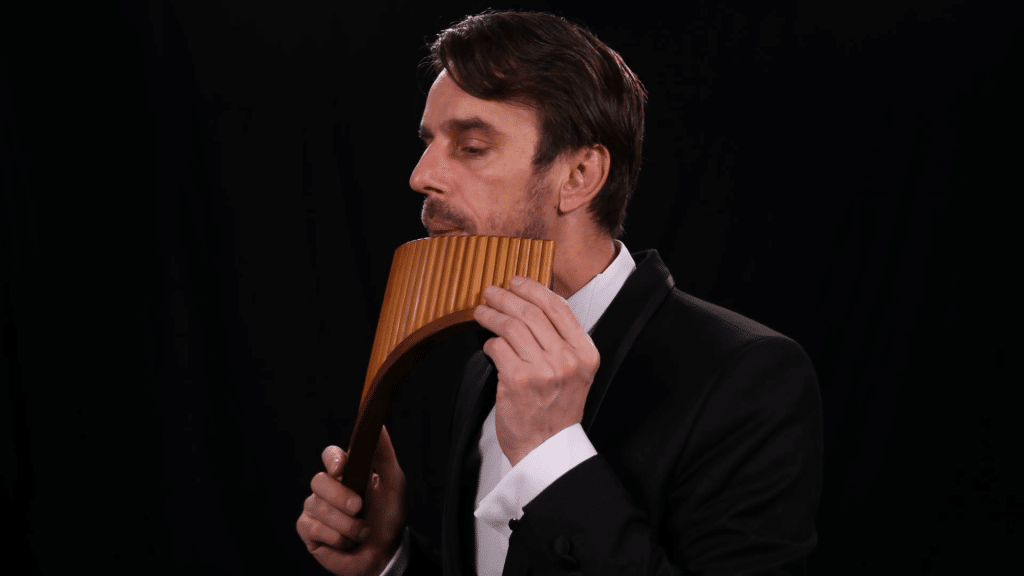
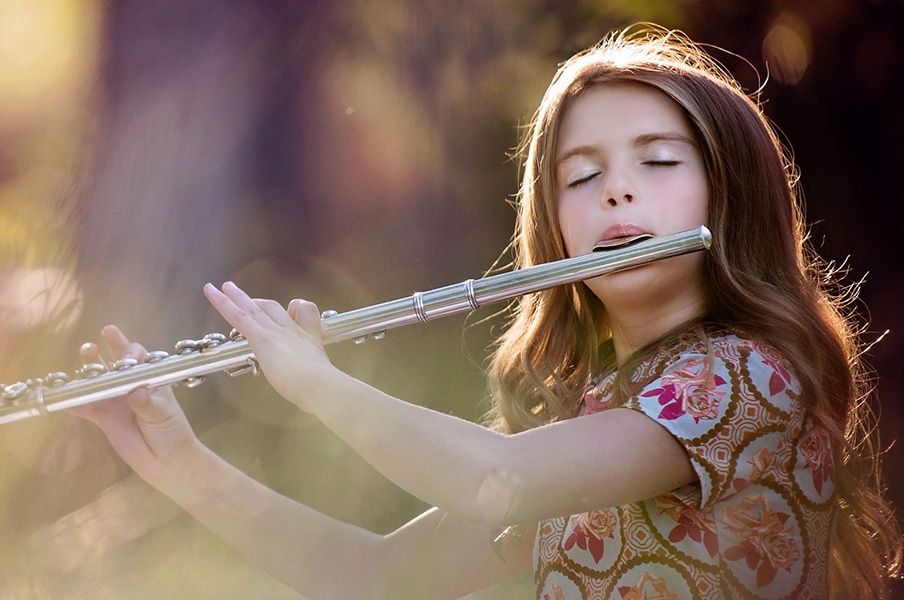
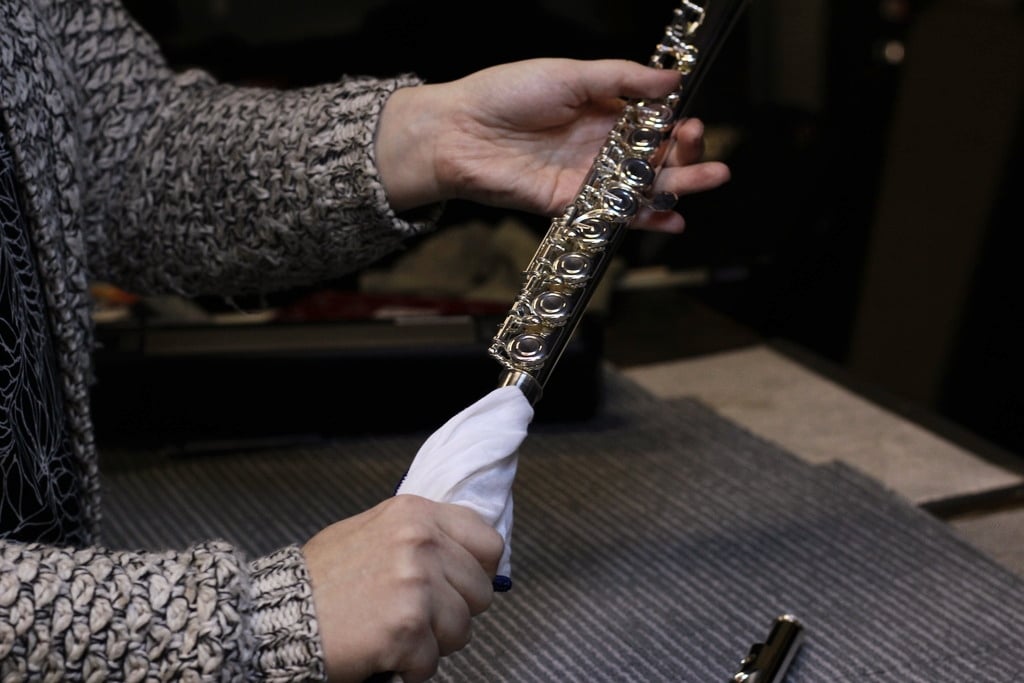
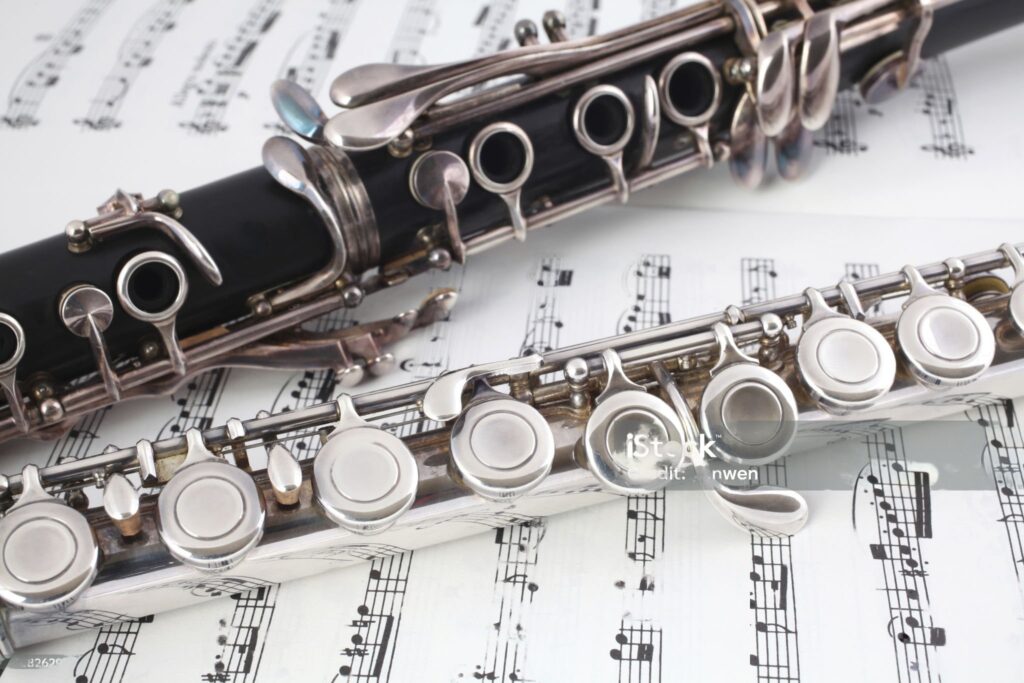
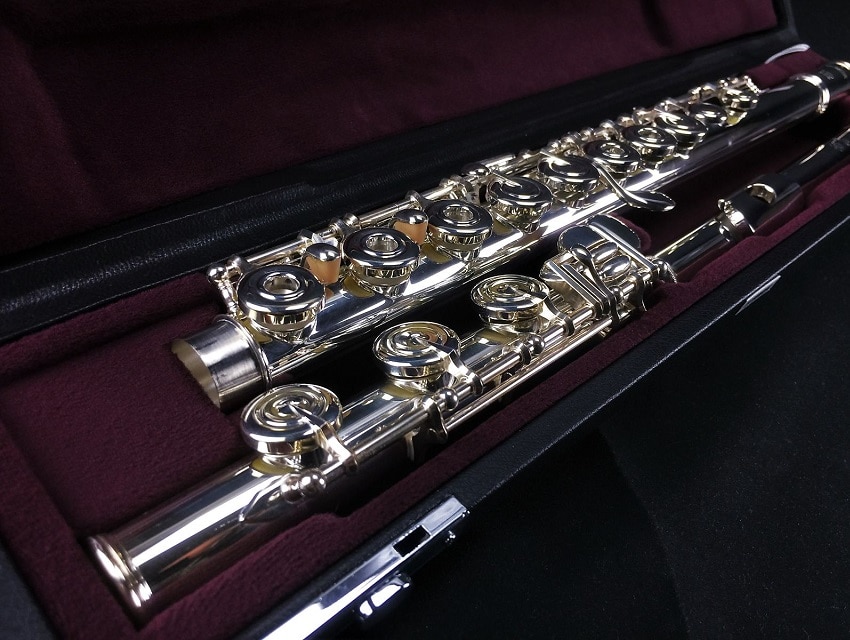
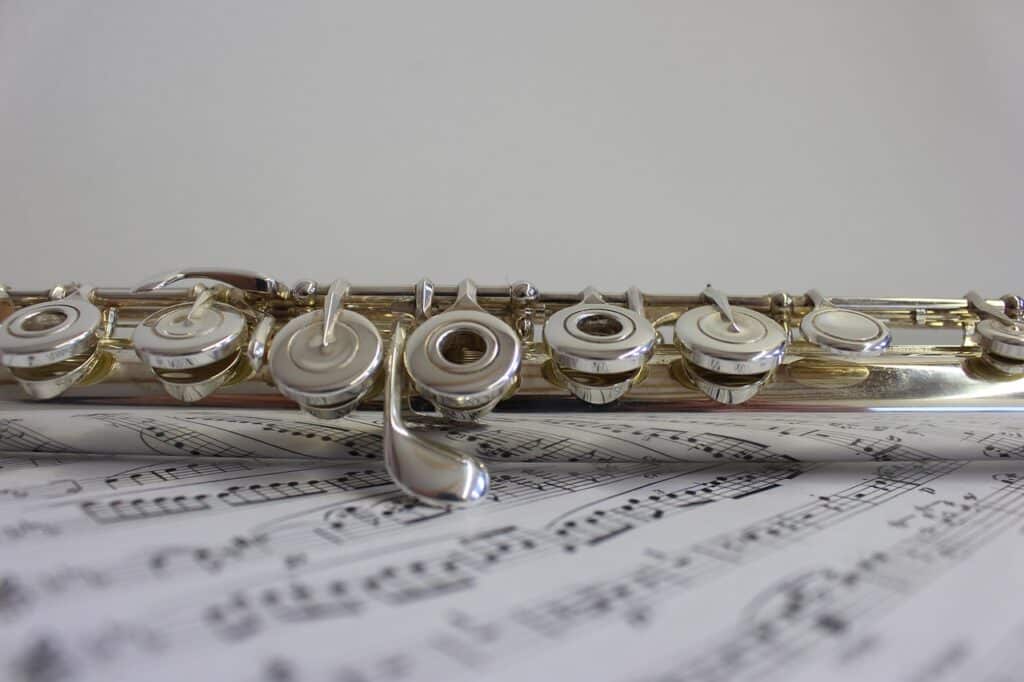
I’d be willing to bet that there was not a professional flutist among the reviewing “team” . Reputable flutes are included in the list but not one of them would be considered a TRUE professional level instrument. The author is just plain WRONG about the cost of a professional level instrument. Professional flutes START at around $10,000 and go up from there. This article should be taken down because it is misleading and just plain WRONG. It even includes an alto flute and a piccolo which cannot be compared to a concert C flute. Truly, the author has written about a subject with little to no knowledge of the topic.
Thank you for sharing your perspective on the article. We appreciate your feedback and understand your concerns regarding the inclusion of certain flutes in the list. We strive to provide accurate and helpful information to our readers, and we apologize if the article did not meet your expectations.
While we understand that professional flutes can indeed start at around $10,000, it is important to note that there is a wide range of flutes available on the market, catering to different budgets and skill levels. The intention of the article was to showcase a variety of reputable flutes that could be suitable for professional use, but we understand that this may not align with your personal definition of a professional-level instrument.
We appreciate your input and will take it into consideration for future articles. If there are any specific topics or aspects of flute playing that you would like us to cover, please let us know. We value your engagement and aim to provide content that is informative and helpful to our readers.
I don’t understand why professional flutes are so expensive. Are there really that many differences between a beginner flute and a professional flute that justify the high price tag? Seems a bit excessive to me.
As a beginner flute player, I found this article really helpful in understanding the importance of upgrading to a professional flute. The information about the different features to consider, like the metal and headjoint, was especially useful. I’m curious, does anyone have experience with the Yamaha 677H mentioned in the article? I’d love to hear your thoughts!